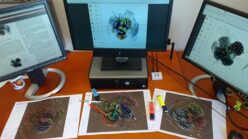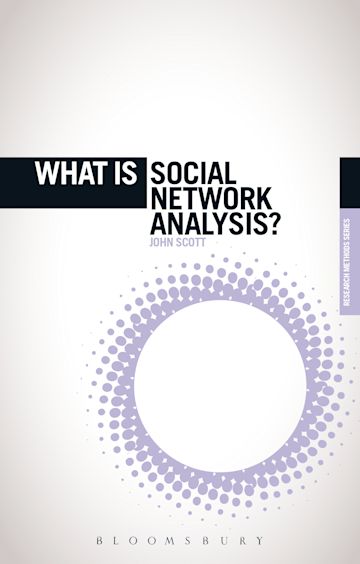It’s finally time to do a literature review on how do young people evaluate information about sports and fitness? – it is not for publication yet, instead to show my colleagues in the department, so we discuss the use of AI generative systems in research.
- I have already done a Google search (hit many lib. guides), and my Google Scholar search, from where I found around 20 publications (some recent others highly cited).
- I already imported some of those references in my reference manager – In my case are plain files of .bib files that I host in a Git repository. I have better results with it over Zotero or Mendley, mostly because I use Linux, Latex, write both at home and office computers, and change or upgrade my computers often.
- I printed, seat down and read a few of those.
- From the references list of the first printed papers, I highlighted many must-read references. It is the so called snowball effect.
- I paid already a month’s subscription to Jenni AI, as I found the system quite powerful. And I want to use its full potential. Quite expensive subscription!!
- I do know there is almost no research on the specific topic. I know however that there is a lot of research in evaluating online resources.
- I already found some quotes that can be used to say that this research is important.
As stated in some Lib. Guides online in public domain such as this one from the University of Reading …
One common way to approach a literature review is to start out broad and then become more specific. Think of it as an inverted triangle:
So my literature review will be broken down into some mini-literature reviews with different research questions (that will be the prompts for Jenni AI) that go from general to specific.
For the Introduction section:
-
- What is information evaluation?
- What other concepts are used to refer to the evaluation of information?
- Why is information evaluation important in general?
- Why is information in the particular context of sports and fitness important?
For the theoretical background section:
-
- What disciplines or subjects research the evaluation of information?
- What models and theories in information behavior address the evaluation of information?
- What models and theories in information literacy address the evaluation of information?
- Was most of the research on information evaluation conducted in the educational context?
- How to evaluate information from online resources?
- How do young people evaluate information in everyday life?
- How do young people evaluate information about sports and fitness?
- What disciplines or subjects research the evaluation of information?
Note I am going from general to specific, all towards showing that I am aware of existing research and motivate my empirical research.
So it’s now time to go Jenni.ai and finally prompt “What is information evaluation?” …






